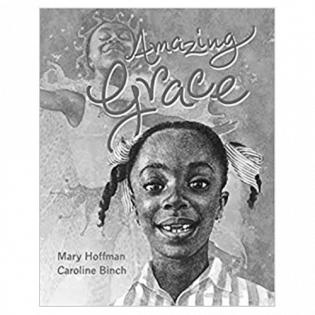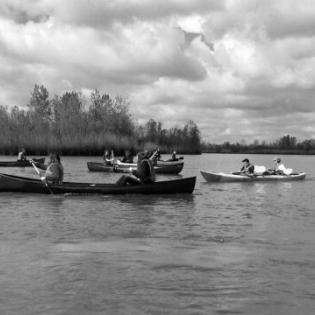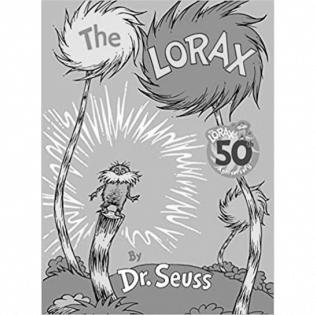We're all the same in one basic way: We all want other people to understand us. In this lesson, youth learn about needs of differently abled children in their school or community and take a step toward removing barriers. They use the persuasive power of communication to raise awareness of ways to understand and show respect for people with disabilities through a service project.
Filter by subjects:
Filter by grades:
Filter by audience:
Filter by issue area:
Filter by content type:
Filter by resource type:
resource search
Philanthropy 101 introduces teens to effective giving and informed critical thinking about community service through readings, research, site visits, and meetings with local leaders.
This unit includes elementary and secondary versions of a lesson that teaches respectful language for positive group formation, such as at the beginning of the school year.
This unit includes three lessons that educate, motivate, and call youth to action.
In this episode of the Kids Are Philanthropists too! podcast, kids and adults talk about some physical health challenges and how they affect their daily life and feelings. Listen to hear their perspectives and get some new ideas for how to support friends and loved ones dealing with...
These elementary, middle, and high school lessons focus on the meaning and benefits of gratitude. For their service project, participants decide how they can 'deliver gratitude' to a deserving person or group. They complete a service such as writing thank you notes.
Grace loves stories and has a gift for telling and acting them out. She wants the part of Peter Pan in the school play. Someone tells her she can't be Peter Pan because she's a girl. Someone else says she can't be Peter Pan because she is Black.
Being outside, caring for plants and animals, and conserving natural resources are often a young person’s first experience with environmental stewardship. Young people looking to a sustainable future may learn about the wonders of nature, aging water pipes, environmental contamination, plastics in the ocean, overuse of natural resources, and air pollution. This toolkit shares resources to learn, connect, and take action now as environmental stewards to assure a sustainable future in harmony with the gifts of nature.
This classic children’s tale, The Lorax, is a timeless call to protect and preserve our natural resources. The Lorax explores the interconnected world of nature and the possible damage if we don’t act responsibly. This book demonstrates the all-too-real consequences for careless consumption
by Emily Nelson
Definition


